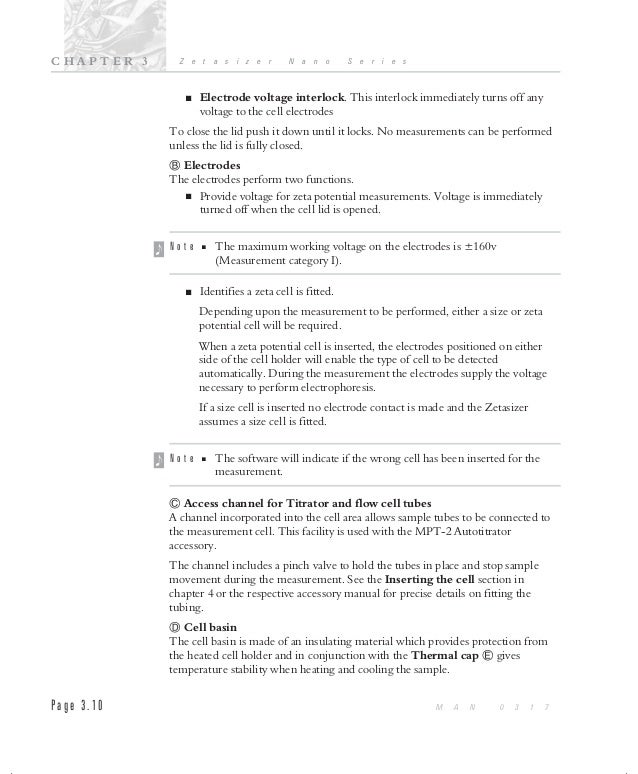


To open the window for post-measurement entry, use the Edit-Edit Result option on the Main Tool bar.įigure 2: Zetasizer Nano software screen shots detailing the entry of Mark-Houwink k & a parameters for use in generating estimated molecular weight distributions. To open the window for pre-measurement entry, use the Measure-Manual option on the Main Tool bar, or use the Configure-Existing SOP option on the Main Tool bar to add the parameters to an existing SOP. Note that the Measurement Settings window can be accessed either pre or post measurement. To enter the values into the measurement record:Ģ) Select the Sample tab in the Measurement Settings windowģ) Click the Define button in the Mark-Houwink Parameters sectionĤ) Enter the k and a values into the text boxes in the MH Parameters window For the assumption of globular proteins then, these parameters can be used in the Sample Material properties section of the Zetasizer Nano software to transform the intensity particle size distribution into an estimated molecular weight distribution. Three particle size families are evident in the intensity distribution – one at 8.5 nm diameter, a second at 121 nm diameter, and a third at around 1630 nm diameter.įigure 1: DLS derived intensity particle size distribution for hemoglobin in PBS.įor globular proteins, the empirically determined Mark-Houwink parameters are k ~ 7.67E-05 cm 2 /s and a ~ 0.428. Using known Mark-Houwink parameters, the same type of "molecular weight" distribution can be derived from the intensity particle size distribution measured from a dynamic light scattering experiment.įigure 1 shows the DLS derived intensity particle size distribution for a hemoglobin sample in phosphate buffered saline.


For columns calibrated with known molecular weight standards, these elution volumes can be converted to molecular weight, allowing the researcher to generate an estimated molecular weight distribution for unknown samples passing through the column. Traditionally many protein researchers are familiar with chromatography plots where in signals from the detectors are plotted as a function of elution volume. The table below gives a model dependent comparison of expected exponent values.Īn example of how one might integrate Mark-Houwink parameters into DLS results is given in the following figures and discussion. The "stiffness", a, varies between 0 and 2, for hard spheres and a rigid rods respectively, and typical intrinsic viscosity exponents, a, fall between the limits of 0.33 and 1. For non-interacting particles, the exponents can be shown to be related by a = 3a – 1. It is important to note, that the k & a values used for the diffusion form of the equation differ from the k & a values used for the viscosity form. As with the viscosity form of the expression, extensive tables of solvent-particle k & a values are available, many of which are listed in the Help file of the DTS software for the Zetasizer Nano system. Similar to the viscosity form of the Mark-Houwink equation, one can use the above expression to estimate the molecular weight of a particle from the DLS measured diffusion coefficient and known k & a values. Using the above expression, along with known k & a values, one can estimate the polymer molecular weight from the measured intrinsic viscosity.Īn alternate form of the Mark-Houwink equation, suitable for use with dynamic light scattering (DLS) data, is that shown below, where D is the translational diffusion coefficient, M is the molecular weight, and k & a are solvent-particle dependent fitting parameters. The expression describing this empirical relationship is the Mark-Houwink equation shown below, where h is the intrinsic viscosity, M is the molecular weight, and k & a are solvent-polymer dependent fitting parameters.Įxtensive tables of k & a values for various solvent-polymer pairs are readily available, either through reference publications or simple internet searches. What_is_the_Mark_Houwink_equation_ What is the Mark-Houwink equation?įor narrow molec ular weight fraction linear polymers, log-log plots of the molecular weight dependence on the intrinsic viscosity are linear.


 0 kommentar(er)
0 kommentar(er)
